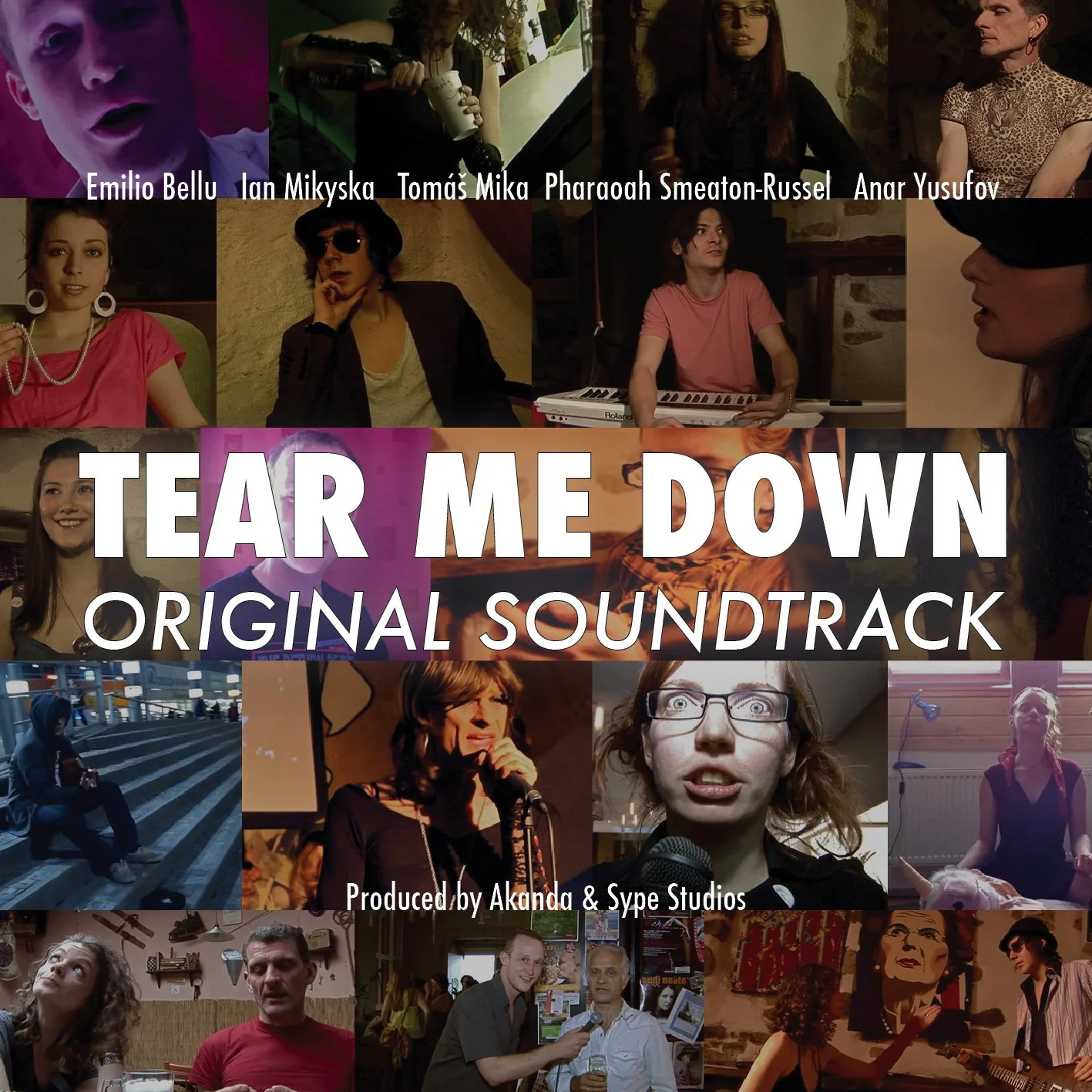Short Movie Story: Tear Me Down - Unmaking Hedwig
My first few years in Prague after school happened in the middle of a massive historical cleavage. I came back in 2007 and quickly started an internship with the development side of Stillking, the biggest production company in the city, at the time harboring ambitions of producing their own movies for the international market. I wrote about this a bit in my write-up about the short Human After All. It was a time when it seemed like I could be in the city and find a path to enter an established industry in a familiar way - from the bottom up, not unlike people would do in less creative industries. But at the end of that same year, one of the biggest financial crises in history had taken place, and financing for independent movies became a much higher risk. The game had changed.
Stillking moved away from developing their own movies not long after that, to focus on services for foreign productions coming to town, and having lost a chance to launch a TV show with them, I was a bit less clear about what my future would be in the city. I have lived in Prague with the understanding that it could be just a stop in a larger journey. It’s the same for many people who move here: it’s a permanently impermanent home. But I still did not see a better place to be at that point.
In the following years, the one thing that kept evolving was the community I found myself in. I met with many people in the city, and two of them, Mel and Jeff, became among the catalysts of theatre in the city with their Akanda project. They liked dark, twisted, and edgy stuff, and music, all mixed up in a punkish cocktail. It was not all that surprising that they would be drawn to Hedwig and the Angry Inch, one of the most celebrated and downright beautiful musicals of the last part of the last century, which also became a fantastic movie directed by the same man who starred in, wrote, and directed the play, John Cameron Mitchell.
Jeff and Mel were friedly with Glen, the manager of Propaganda Pub, a cavernous and large space straight in the centre of Prague, filled with Communist memorabilia and art. The space had a stage, and it was hosting concerts, open mics, and more. Mel and Jeff realised that it could have been a fantastic space to put together a production of Hedwig in the city, and Glen trusted them to the keys to the space, so they were able to use it outside business hours.
I had been collaborating with Mel and Jeff for some time at that point, sometimes shooting pictures, videos, and helping with sound. But knowing that this production was slated to happen inspired me to try out something different. When I was in film school, my classmate had introduced me to the work of Christopher Guest, one of the pioneers of the mockumentary format. I’d seen Best in Show and A Mighty Wind, and I thought they were incredible. And I had also seen Spinal Tap, even if I don’t think I realised the potential of the format when I had seen that.
So I had an idea to create a fake behind-the-scenes documentary as Mel and Jeff were preparing their version of Hedwig. I went pretty much full-on meta with it: Jim , who I had worked with in Human After All, would play a documentarian interested in the play’s production. I would be the cameraman, and everyone who was involved in the play would play a character, most of the time a massively exaggerated version of who they were.
We sketched a series of plot points featuring a narcissistic lead, a very shy singer, a shifty producer, and crafted some scenes around this structure but let people improvise their lines, even if most of the people involved in the production had no experience as actors at all. This was one of my first experiences working with unscripted material. I realised there is a lot of freedom in being able to film scenes, see how they fit together in the editing bay, and then build more scenes around what you have. The filming is the writing, a process that in many ways is way more rational and fluid than what are considered industry standards.
The project became a way to also capture a time capsule of the creative scene in Prague at the time. There were a bunch of English-speaking theatre companies at the time: the ones I knew best were Akanda, Blood Love & Rhethoric, and Prague Shakespeare Company, but I am quite sure that there were even more I was not as familiar with. It was a relatively big scene for how big the city was, a product of the strange structure created, in over two decades, by the wealthier migrants who came to Prague, who created a sort of city inside the city, with its own magazines, clubs, restaurants, embedded inside a city which was used to shift and morph with the times.
The community was small enough that most of the companies would constantly share actors and technicians, but that did not stop drama from taking hold between the people involved; I guess theatre people just love drama in and out of the stage, even when it’s mostly damaging to what they are trying to achieve. This fascinated me: I came from a tiny town (Cagliari) where every art scene was also filled with unnecessary drama, and to see this replicated in this small town inside a bigger city was kind of mesmerizing. And while I was friends with a lot of the people in the scene, I was not directly part of any of the groups, so I got to see some of the drama from different vantage points, and notice how arbitrary it seemed. While this is not directly addressed in the short, the characters reflect a certain tendency to boost the ego once you’re in the centre of attention that I had noticed in the scene. The big fish in a small pond syndrome.
A BTS of Kenjiro shooting Mel and Jeff.
I can’t remember if I borrowed equipment from Prague Film School this time, but I think I mostly used a camera my friend Ken borrowed me, and he did shoot second camera in many scenes. I even shot a couple of parts with an iPhone, which at the time was just starting to be a decent enough way to shoot video. The shoot was spread out over weeks, beginning when rehearsal started, and culminating with the first few performances of the show. The last main scene of the movie is supposed to be shot at an art exhibit for one of the characters of the short, but it was actually shot during the opening party for the Prague Fringe Festival, whose leadership was gracious enough to let us film there.
One of the best assets of the musical was the fact that the backing band on stage was excellent: we had some excellent and extremely young musicians in our extended group, among them Ian, Anar, Pharoah, and Tom, and they all agreed to jam in Sype Studio, a music recording and mixing studio that was at the time just being opened by my friends Tomas and Jakub. I brought some general ideas and a couple of riffs, and I played a bit of guitar myself, but the fact that everyone else in the jam was a fantastic musician made it so the soundtrack of this project punched above the weight of the project so much it’s kind of silly.
I almost forgot I made cover art for the sountrack. You can listen to it here.
Watching the film now is a poignant time capsule for me; there are a lot of small roles from some of my best friends to this day, and places I’ve spent a lot of time in, and lived in. But I can also see how green I was when it came to this specific format. Now that I have directed multiple documentary and unscripted projects, I see a lot of flaws in the way this is structured and paced, especially with the pacing. But there are still quite a lot of funny scenes, good jokes, even if at times the humor feels quite dated, not surprising given how much sensibilities have shifted in the past decade.
But this plants the seed for a lot of what I am doing now; mixing scripted and unscripted, now relying less on the mockumentary wrapper, since technology now allows us to use the language of cinema with more ease, allowing for much more freedom in the way things are presented. The lines between non-fiction and fiction are now easier to blur, as reality and dream merge with each other more and more.
Here, unnacessarely remasterd in almost 4K, is Tear Me Down - Unmaking Hedwig.





